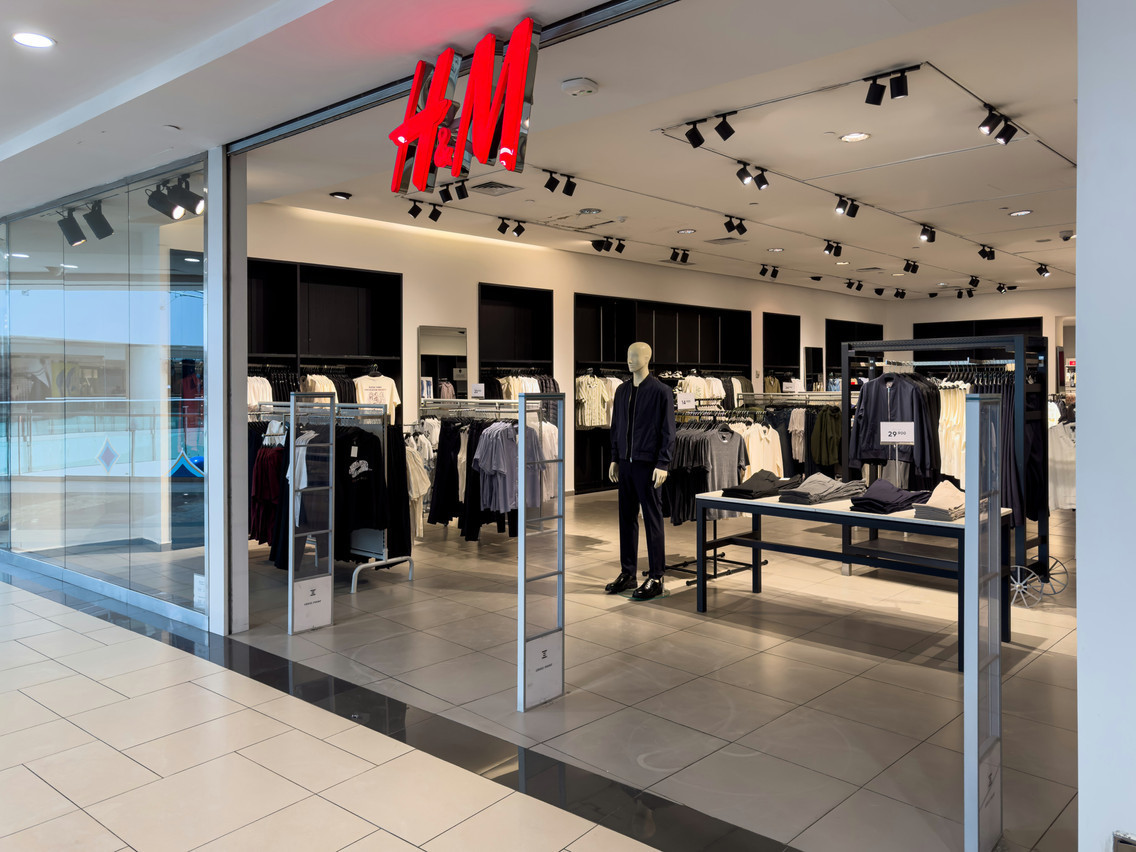Adidas, H&M, The Gap and Amazon have been singled out by the New York-based NGO Transparentem for their indirect links with illegal cotton production practices in India. An investigation, conducted between 2022 and 2023, revealed that Indian suppliers were making "widespread use of child labour and illegal adolescent labour" on farms located in the state of Madhya Pradesh, in the centre of the country.
Transparentem describes the serious abuses on the 90 farms studied as "endemic": forced labour and indebtedness, abusive working conditions and exploitation of people in vulnerable situations. According to the organisation, many workers are forced to work to repay loans at ever-increasing interest rates.
In India, work by children under the age of 14 is banned in almost all sectors, and dangerous work by adolescents aged between 14 and 18 is also prohibited. But poverty and the tolerance of the authorities allow these practices to continue. NGOs estimate that around 10m children aged between five and 14 are still forced to work in India, mainly in the agricultural sector.
Transparentem claims that the producers concerned supply three local companies, themselves subcontractors for global groups such as Adidas, H&M, The Gap and Amazon. When approached by the NGO, the Indian companies concerned and around sixty of the groups they supply gave assurances of their commitment to the production of "ethical" cotton. Some of them have already taken steps to correct these abuses.
This article was originally published in .
